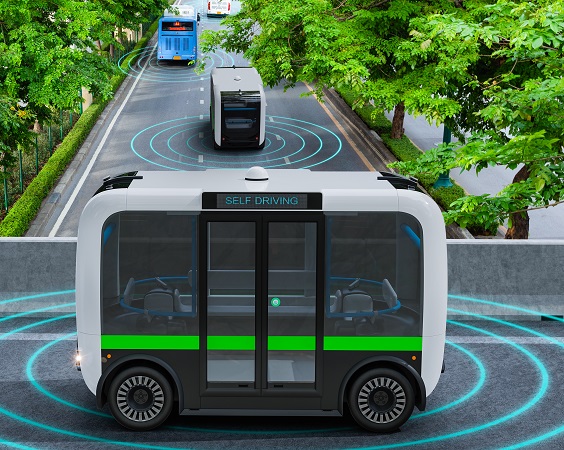
GB LSAV Approval Scheme: Non-ADS requirements D7.1
Published: Jun 2022
Citation: https://doi.org/10.58446/dxiy5599
ISBN:
Author: M Edwards, M Seidl and A Edwards
Pages: 71
Reference: PPR2006
DownloadThe focus of this study was on Low-Speed Automated Vehicles (LSAVs). It involved selection and adaptation of existing pre- and post-deployment regulation to enable it to be applied to LSAVs. A main part was the adaptation of the technical regulations for M- and N-category vehicles, laid down in Great Britain’s Road Vehicles (Approval) Regulations 2020 (SI 2020 No. 818), which implements retained Regulation (EU) 2018/858.
The study proposed the introduction of two new vehicle categories (for LSAVs with and without occupants, respectively) to allow approval of designs not compatible with the M- and N-category definitions, such as passenger shuttles with six seats and space for standing passengers, or goods vehicles without any seats. Technical clarifications for regulations were developed relating to references to the driver or driver’s seat, controls, warnings and tell-tales and relating to bi-directional vehicles in general. The study further found that a general permission to carry standing passengers in light vehicles could present unreasonable risks to occupants in braking manoeuvres or collisions, but that it could be safe in some Operational Design Domains (ODDs). A concept was proposed which offers manufacturers a choice between two Crashworthiness Approval Levels (CALs). The less demanding CAL allows standing passengers but restricts the subsequent ODD of the vehicles.
In summary, the study proposed a novel approach to link approval regulations to the vehicle’s ODD and a set of technical requirements for non-ADS-related aspects of passenger- and goods-carrying LSAVs, which could help enable the approval of new vehicle concepts.
